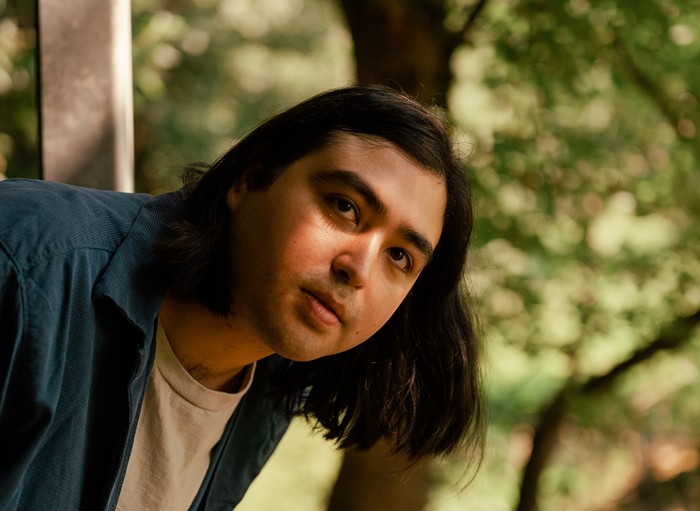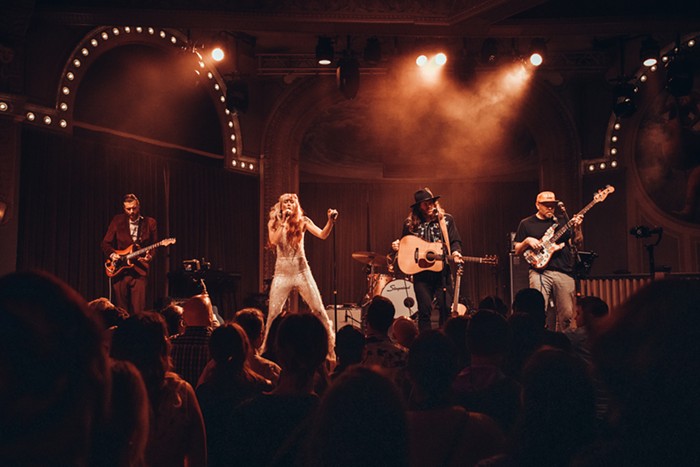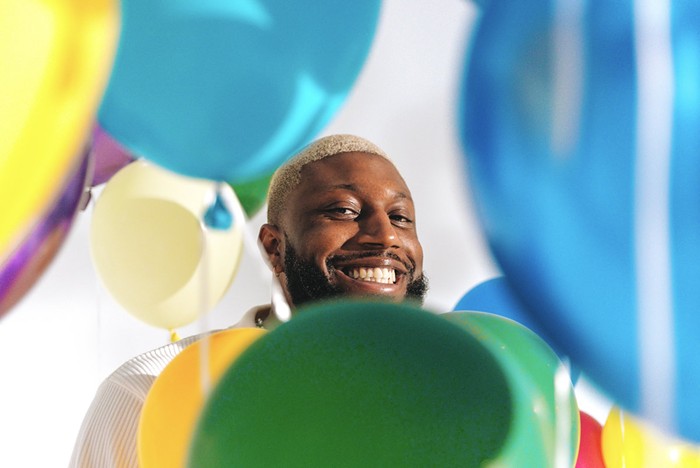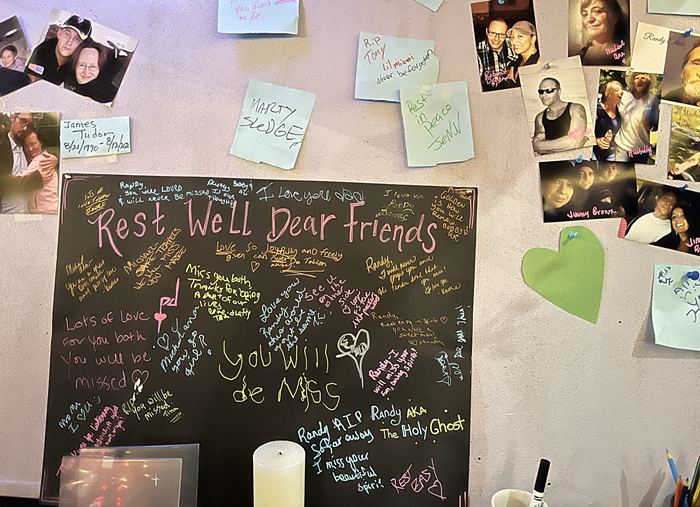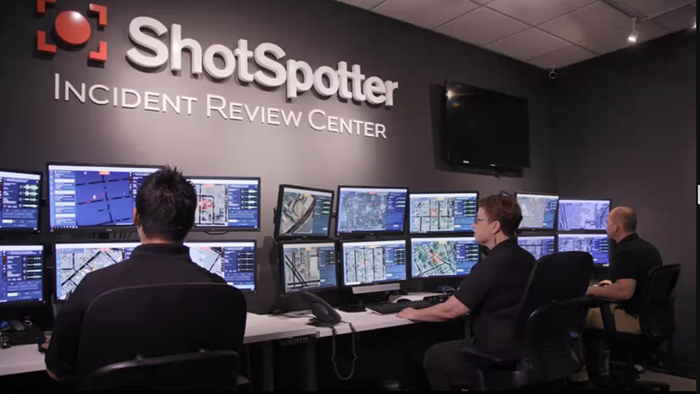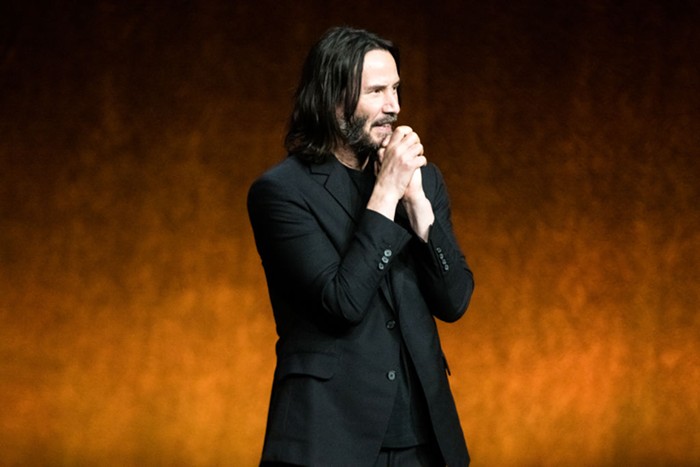The Clinton years weren't especially kind to psychedelic hard rock or proto-metal, but when I think of Blue Cheer, I think of 1994. It was the year a fellow college student forced me to listen to the San Francisco trio's watershed 1968 debut, Vincebus Eruptum. I had probably heard their fuzzed-out cover of Eddie Cochran's "Summertime Blues" on a now-defunct oldies radio station, but I wasn't yet impressed. It took a person with whom I had little in common to really enlighten me—someone who was living in another time and place.
When I think of 1994, I also think of alternative rock. The Smashing Pumpkins, Nirvana, the Breeders—these were the posters adorning the classic American dorm room. Even my slow-speaking classmate—who sported a dumpy mullet and commuted to the rural state school from his parents' nearby home—knew "our" music. "You know where that sound comes from?" he asked me in the darkroom of our photography class, referring to an abrasive local three-piece. "Fugazi?" I guessed. "I'll show you," he promised, his voice loud with childlike enthusiasm.
He loaned me Vincebus Eruptum. To my surprise, it hit me like a ton of bricks. With maximum push and Hendrix-style looseness, I came to believe in Blue Cheer. Former guitarist Leigh Stephens' lead wail on "Out of Focus" and "Second Time Around" exposed the roots of Billy Corgan's most elaborate guitar escapades ("Silverfuck," "Geek USA"). And Nirvana's three-piece grunge didn't just crawl out of the Wishkah River after all. Blue Cheer's "Summertime Blues" seemed like the epitome of raw teenage angst, recorded the year Kurt Cobain was born. They took a safe, call-and-response pop song and turned it into a dirty rock 'n' roll tornado. It still spins today.
In the 2005 documentary film Metal: A Headbanger's Journey, Rush frontman Geddy Lee echoed my old classmate's sentiment: "If you really want to go back to one of the early metal bands, you have to look at Blue Cheer." Sometimes great, and simple, minds think alike.
